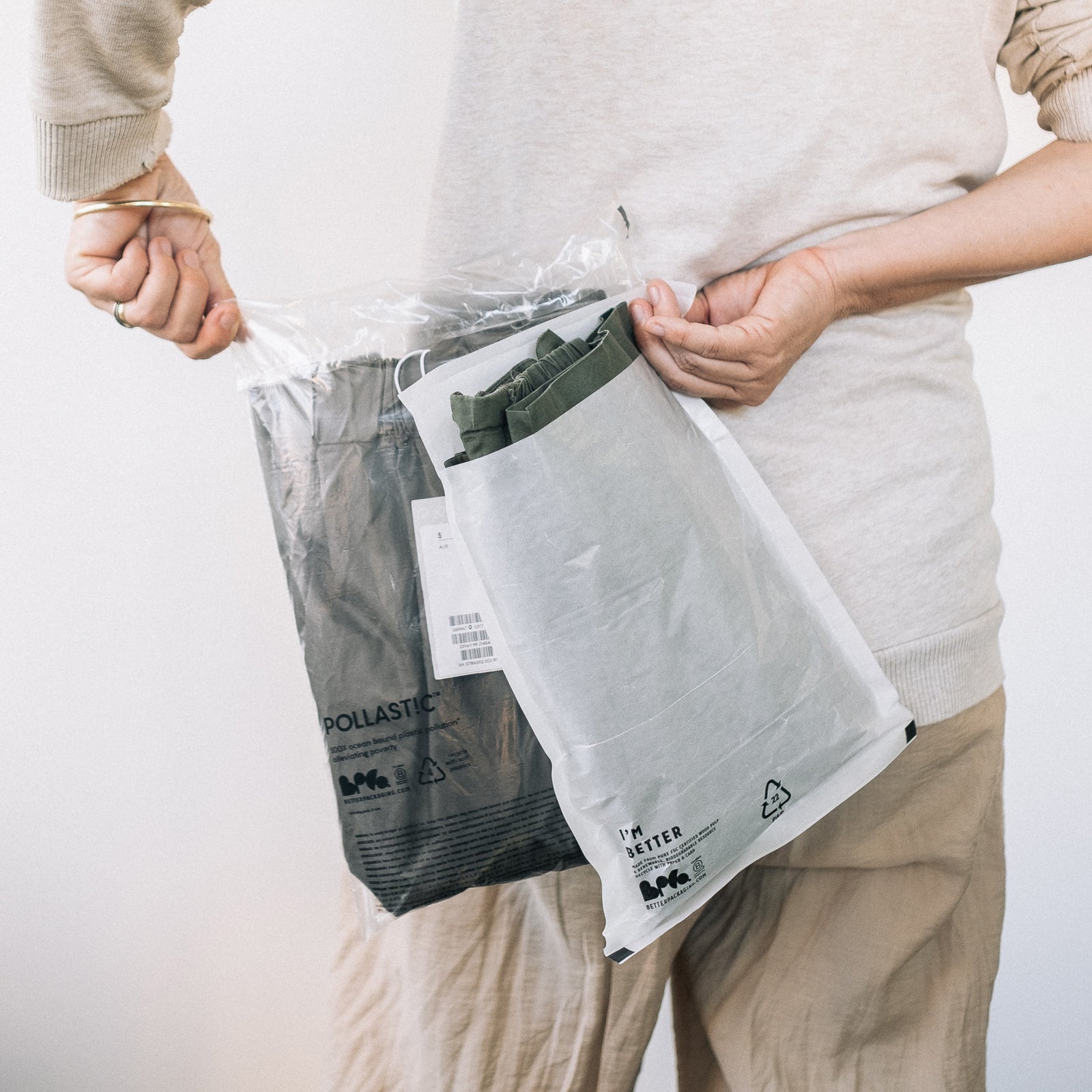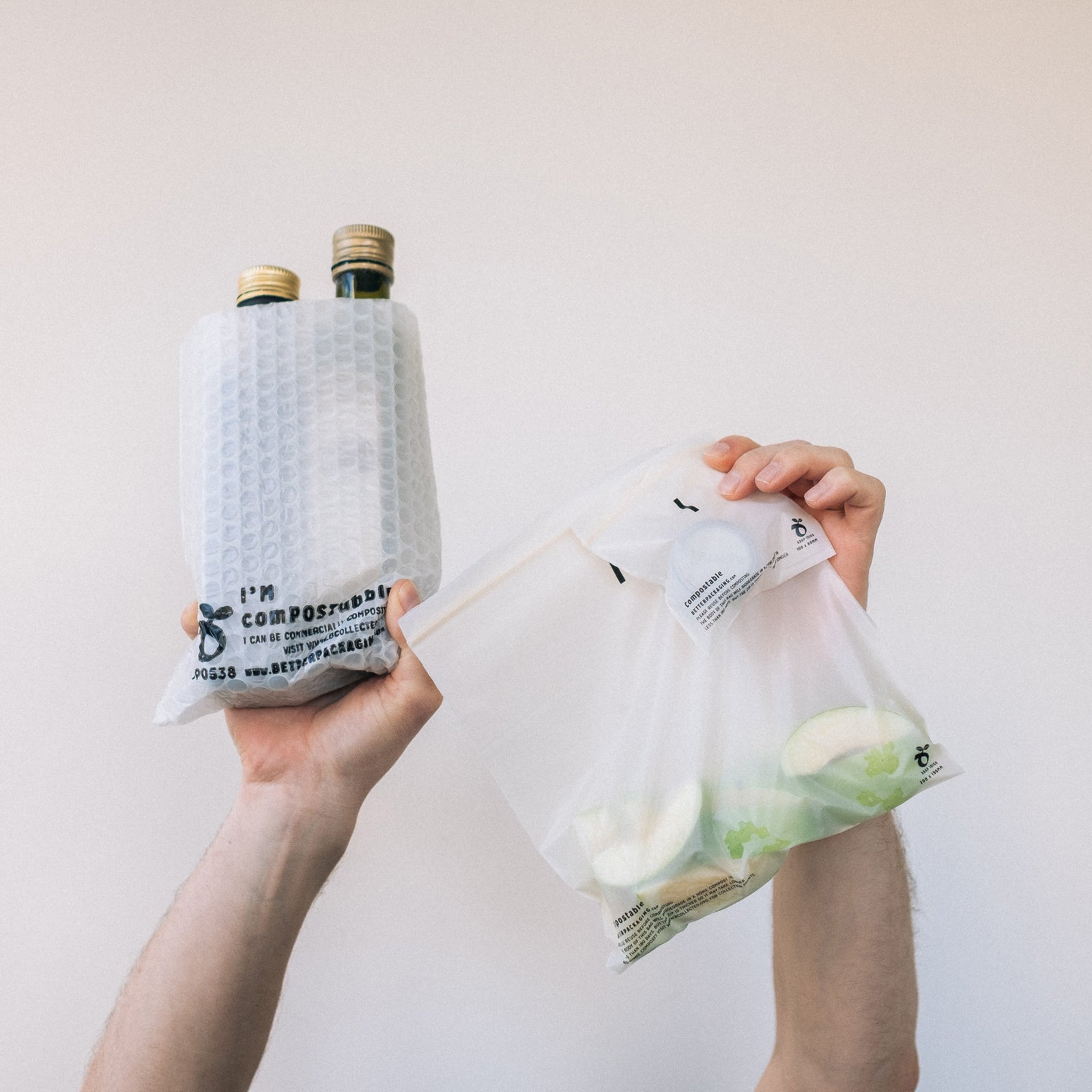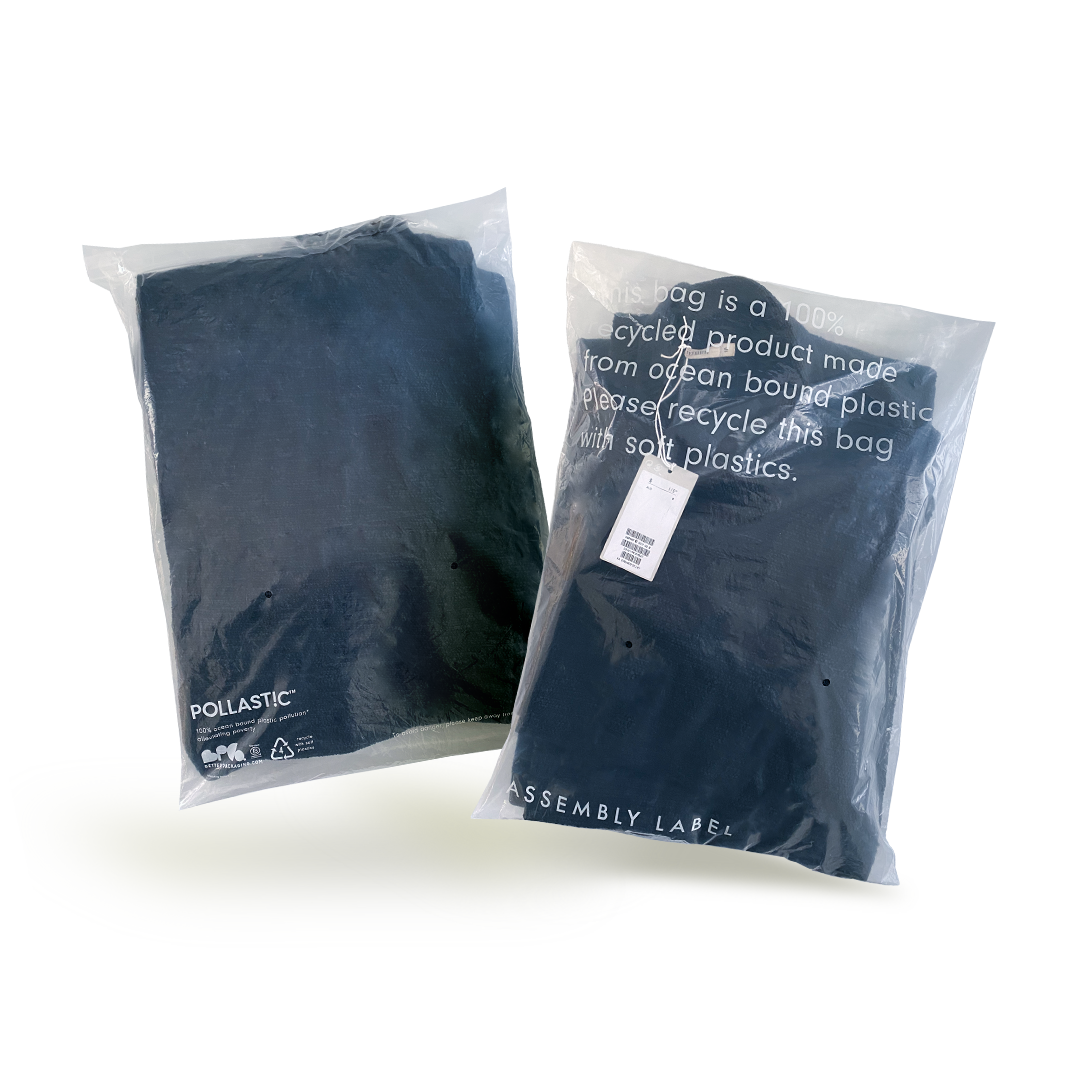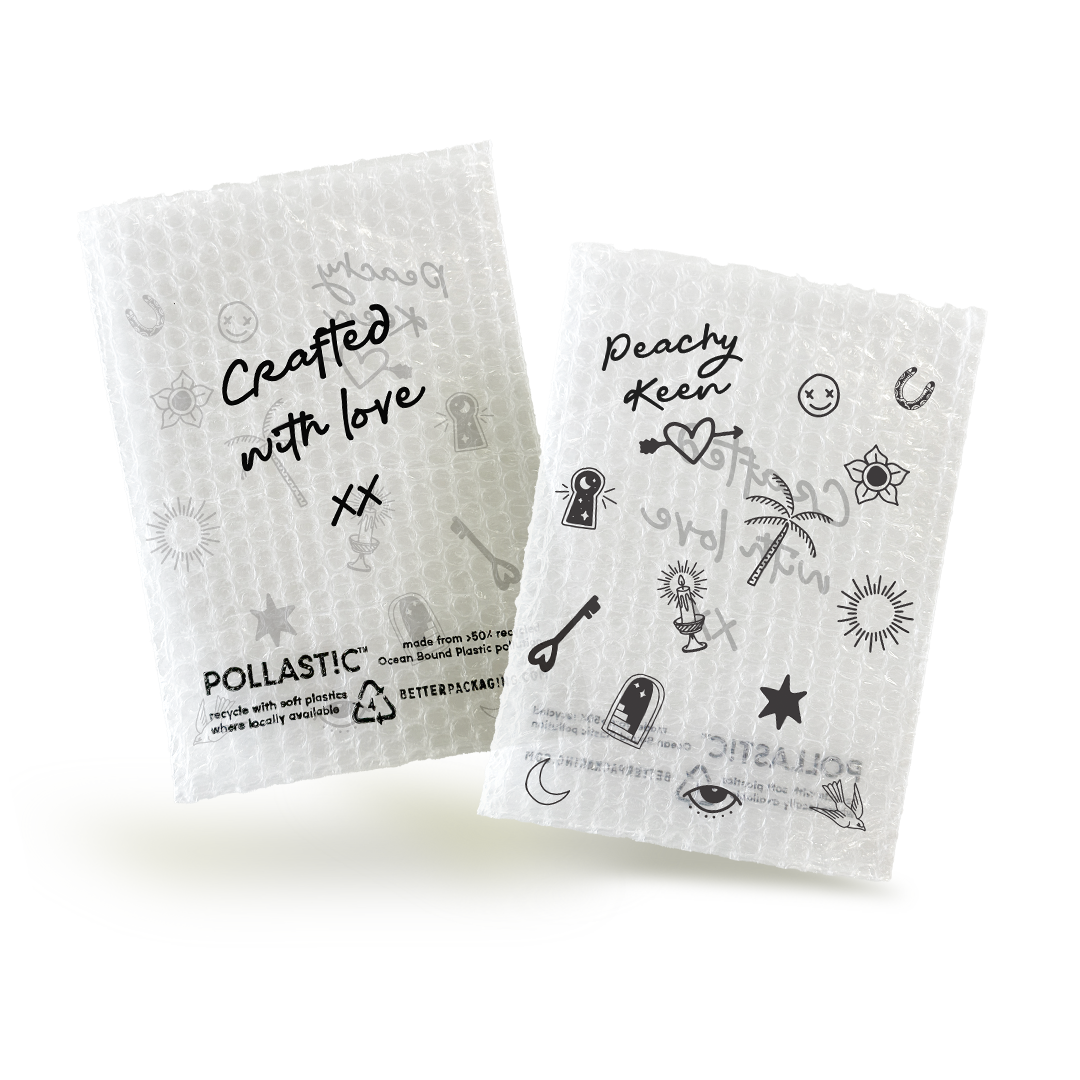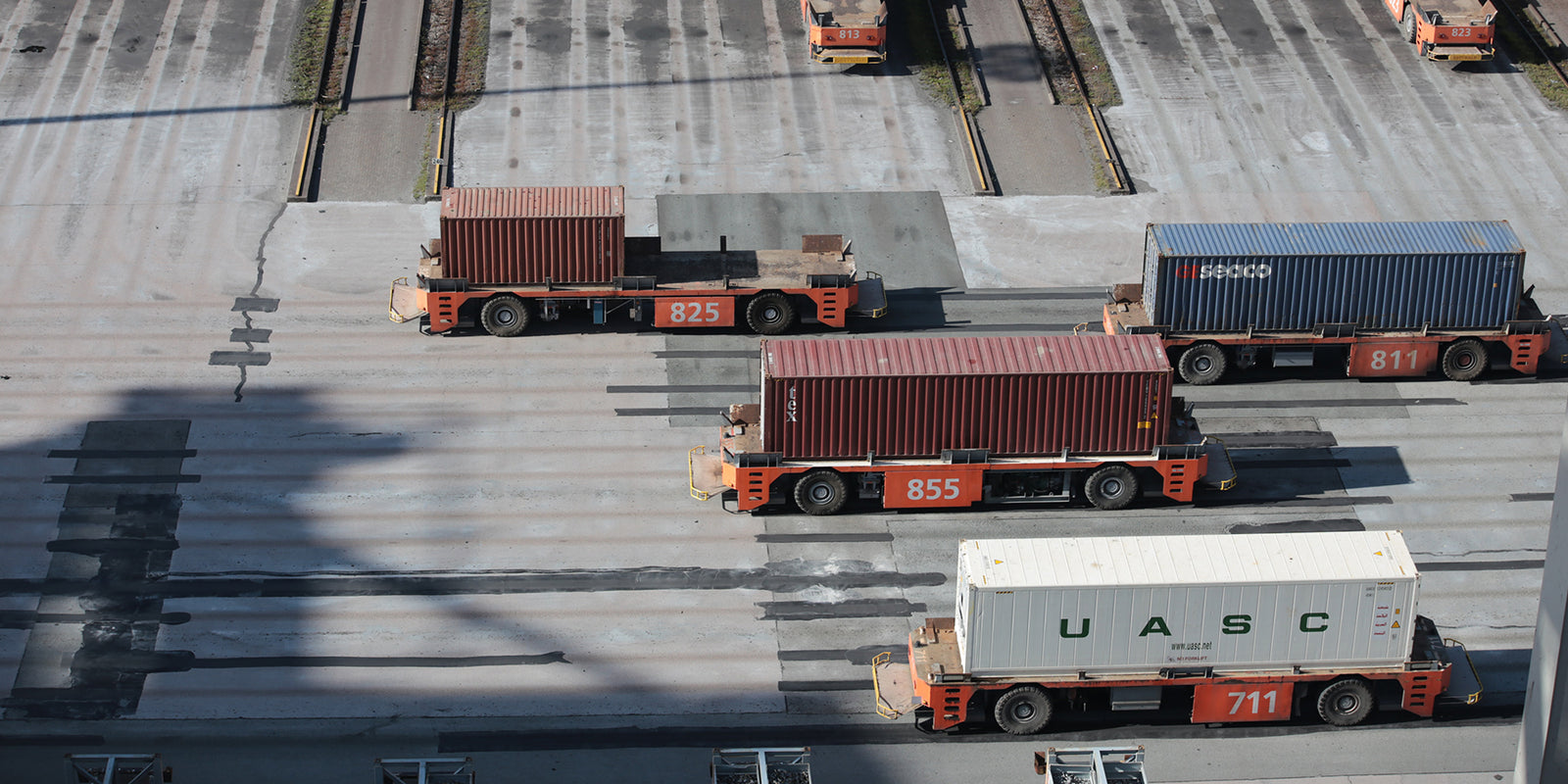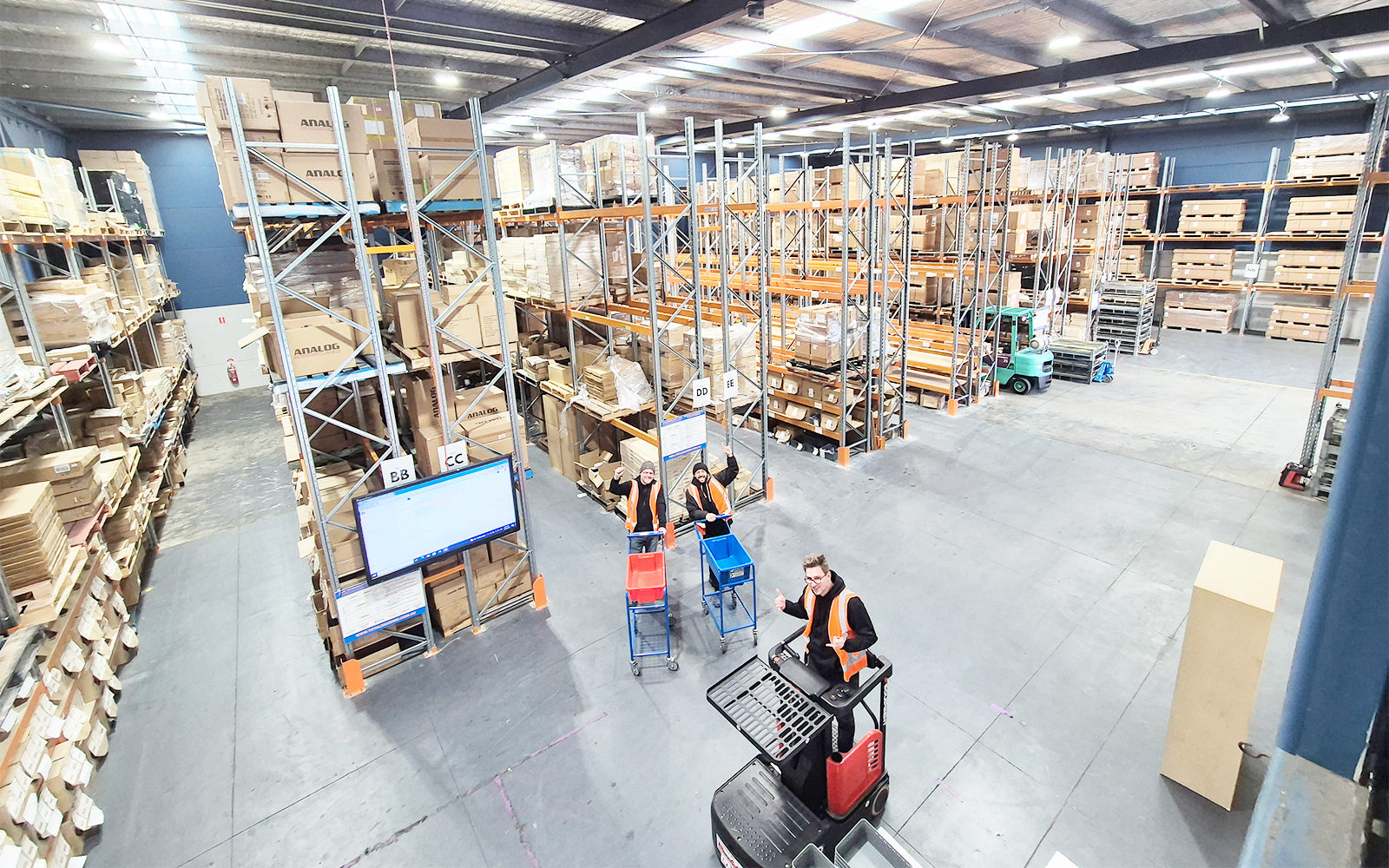There are several reasons eCommerce is 'easier' on the environment than traditional bricks and mortar retail; fewer resources are consumed running warehouses than retail stores, it reduces the need for shoppers to take transport to stores, distribution centres are nearer to transport hubs reducing carbon miles, and electronic advertising is far more sustainable than print.
However, the growth of this industry is causing concern in two key areas. The first being packaging, an area close to our eco hearts here. Some of the statistics are truly frightening with The Guardian reporting that;
"The packaging of home-delivered products now accounts for 30% of the solid rubbish the US generates annually, and the cardboard alone costs 1bn trees."
The second area of concern is freight, transport and handling. While shoppers are commuting to and from high streets and malls much less resulting in lower carbon emissions, we instead need to consider the carbon footprint of the supply chain for the delivery of those goods . According to the 2019 report ‘Re-thinking Packaging’ released by DHL,
"Parcels are handled up to 20 times more in e-commerce than in traditional retail.
At Better Packaging Co. we have recently been through an extensive process to evaluate our own footprint and as a result have become more conscious of the carbon associated with certain aspects of our supply chain. Shipping our packaging from its place of manufacture to our warehouses around the world is one of those. The legs we need to consider in this journey include;
- Manufacture to warehousing
- Warehousing to distribution hub
- Distribution hub to end consumer (Last mile)
- And increasingly, Returns
Consolidating shipments from manufacture to warehousing helps to utilise space on transport vehicles and results in less journeys for sea vessels or air crafts. Adequate planning and tracking will allow you to monitor your upcoming purchase orders and make decisions on when orders can be consolidated.
We now actively consolidate shipments wherever possible as well as avoiding airfreight and urgent delivery services like same day couriers.
When deciding to ship goods internationally by sea or air there a few factors to consider, the most obvious and sometimes most critical of those being transit time! Although air freight offers a much shorter transit time than sea freight it emits up to 300% more CO2 into the atmosphere. Ouch. Not to mention it is the more expensive mode of transport as well.
In terms of last mile delivery, courier services plan the most effective routes to minimise the distance they have to travel. But, when you use urgent or same day deliveries, they have to be made outside of the planned routes and result in a greater carbon footprint.
With many retailers now offering free returns, consumer behaviour is also changing. It is now common for a consumer to order two sizes of a garment, keep the one that fits best, and return the other! Many of our online fashion retailers have return rates in excess of 65% which adds significantly to the carbon miles associated with a purchase.
But here's the thing, making your supply chain more environmentally friendly will also reduce your costs;
- using less packaging ✔️
- consolidating shipments ✔️
- reducing air freight ✔️
- limiting use of urgent courier services ✔️
- warehousing closer to end consumers ✔️
eCommerce creates a more complex journey of goods from point of manufacture to the end user. However, if we continue to be conscious of our impact, there are a number of ways we can improve our operations AND reduce costs at the same time! Better. Right.



